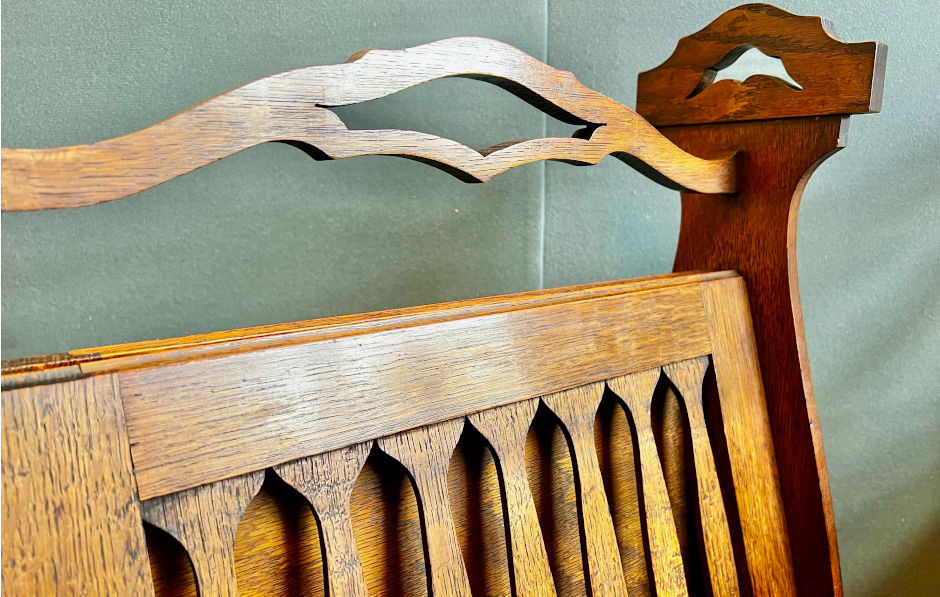
How much do you know about the Arts and Crafts Movement? Our latest guide looks at its origins and the designers associated with it.
How the Arts and Crafts Movement began
Almost as an act of rebellion against the machine- and factory-produced wares of the industrial revolution, the Arts and Crafts movement emerged in the late 19th century. Borne out of a loathing for overly ornate, impractical and poorly made items, the movement also aimed to elevate the status of the decorative arts that was believed to have suffered because of modernisation and mechanisation. The movement got its name from the Arts and Crafts Exhibition Society, founded in 1887, whose aim was to showcase the work of struggling decorative artists.
Arts and Crafts Movement Artists
William Morris - the designer most closely associated with the movement, William Morris abhorred over-mechanised production methods, believing that hand-crafted items maintained a connection between maker, product and consumer. Ostensibly a textile designer, Morris also designed furniture, and his work is characterised by images and patterns centred around flora and fauna.
Ford Madox Brown – Brown was an artist who kicked backed against the excesses and artificiality of the British Academy’s historical paintings. His later works captured the everyday lives of ordinary Victorians, and he collaborated with William Morris, co-founding Morris, Marshall, Faulkner & Co. with him.
Dante Gabriel Rossetti – a leading light in the pre-Raphaelite Brotherhood, Rosetti was an artist skilled in portraiture, whose pared back portraits were in stark contrast to the flowery ostentation of the Victorians.
A H Mackmurdo – Mackmurdo was an architect and designer who co-founded the Century Guild of Artists, whose aim was to produce more widely available commercial furniture and decorative home accessories. His designs for textiles and metalwork feature swirling foliage and slim angular columns.
William de Morgan – Imaginative and innovative, de Morgan was an artist potter known for his tiles, vases and dishes. Like his close friend William Morris, de Morgan rejected mechanised production methods, preferring handmade techniques. His aim was to produce items that were beautiful and functional.
The ethos of the Arts and Crafts Movement
- The overarching theme of the movement was one of simplicity of design and production.
- Clean, practical and uncluttered environments were favoured that featured well-proportioned pieces of furniture that were well made.
- High quality materials were used and there was an emphasis on utilitarian design. Morris himself is credited with saying 'Have nothing in your houses that you do not know to be beautiful or believe to be useful', reinforcing the belief that everything must have a purpose.
- As well as being useful, Arts and Crafts items were visually pleasing and decorative, featuring flora and fauna and other organic motifs. However, excessive ornamentation was shied away from.
The impact of the Arts and Crafts Movement was far reaching and touched not just decorative designs but also furniture design, architecture and art. With today’s penchant for decluttering our homes, where we are encouraged to rid ourselves of anything that elicits a ‘no’ to the questions ‘Do you love it? Do you need it? Do you use it?’, we can see just how ahead of their time and innovative Morris and his contemporaries were.
Arts and Crafts at Hemswell Antique Centres
Many of our 300+ dealers have Arts and Crafts items on display in our four buildings for you to browse at your leisure when visiting our centres near historic Lincoln. We also have a selection of Arts and Crafts antiques online, including decorative (but functional) items, furniture, and items of interior décor. With everything from mirrors to meat skewers, a visit to Hemswell will not disappoint!